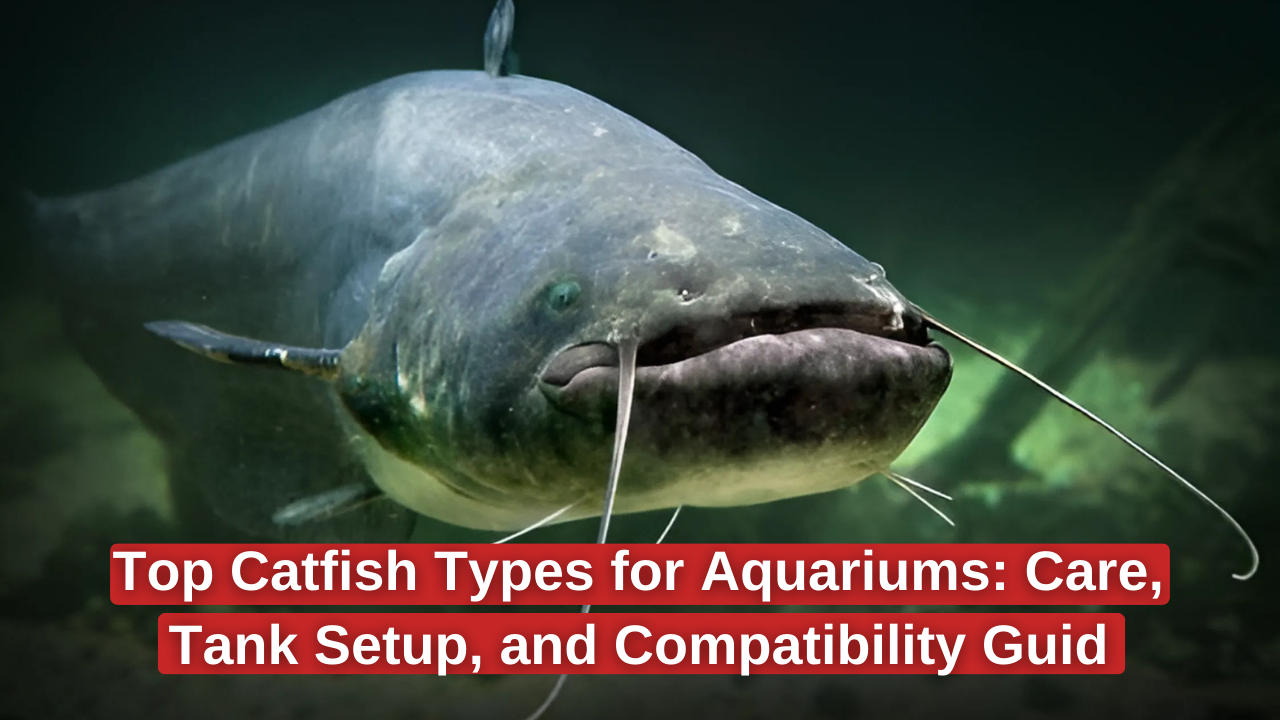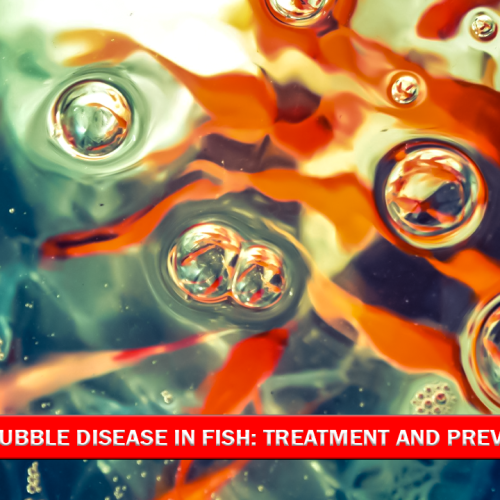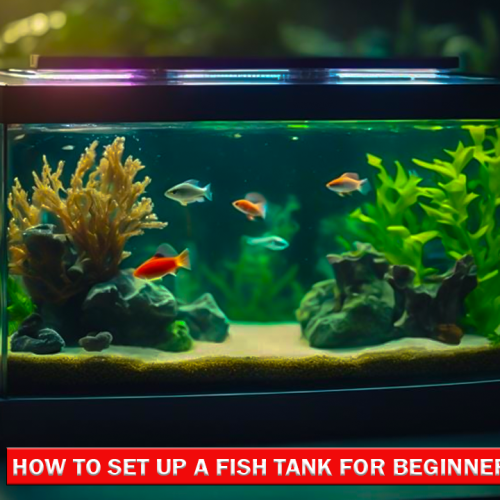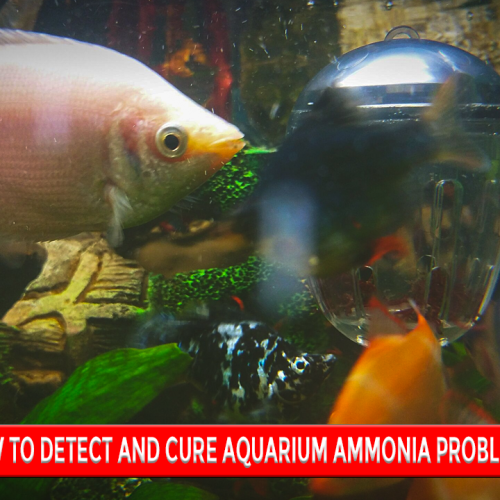Aquarium catfish are one of the diverse and interesting groups of freshwater fish, characterized by whisker-like barbels and a bottom-dwelling habit. They are available in a wide range of sizes and shapes, which explains why they are widely preferred by both beginner and seasoned aquarists. Here’s an overview of some popular catfish types, their care needs, and what makes them unique in aquariums.
Types of Aquarium Catfish
Corydoras Catfish
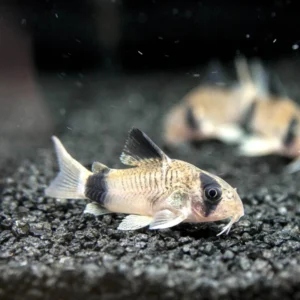 Corydoras. These are small catfish species that do wonderfully in groups and make ideal additions to community tanks-they are friendly and work great at cleaning up off the bottom as they root for whatever food may be left.
Corydoras. These are small catfish species that do wonderfully in groups and make ideal additions to community tanks-they are friendly and work great at cleaning up off the bottom as they root for whatever food may be left.
- Minimum tank size: 15 gallons.
- Temperament: Best kept in schools of 6 or more.
- Easy care. A soft bottom is recommended to protect sensitive barbels.
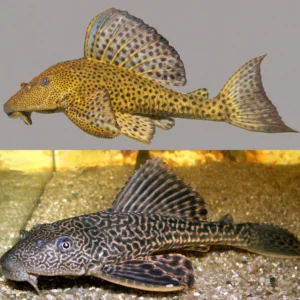 Plecos are one of the most popular algae eaters, ranging from the small Bristlenose Plecos to the larger species, which can grow more than a foot in length. They have an armored look and their main feature is to keep the algae growth under control.
Plecos are one of the most popular algae eaters, ranging from the small Bristlenose Plecos to the larger species, which can grow more than a foot in length. They have an armored look and their main feature is to keep the algae growth under control.
- Minimum tank size: 20-75 gallons depending on the species
- Temperament: Generally peaceful but some larger species are territorial
- Care level: Moderate; they require driftwood and hiding places
Otocinclus Catfish (Otos)
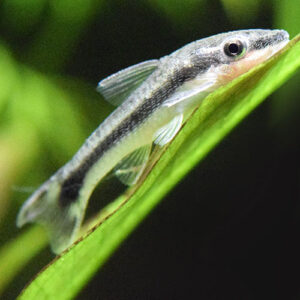 Otocinclus are small, peaceful catfish, and good algae eaters. They are a perfect choice for smaller tanks, and they are commonly kept with other non-aggressive fish.
Otocinclus are small, peaceful catfish, and good algae eaters. They are a perfect choice for smaller tanks, and they are commonly kept with other non-aggressive fish.
- Tank Size: Minimum 10 gallons.
- Temperament: Very peaceful; prefer groups of 3 or more.
- Care Level: Easy to moderate; they need stable water quality and plenty of algae or vegetable matter.
Pictus Catfish
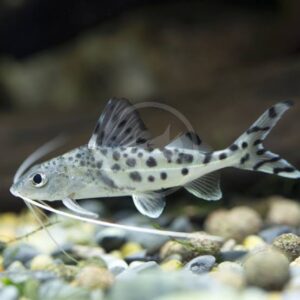 Pictus Catfish are active swimmers that have a stunning spotted pattern and long barbels. They need a lot of swimming space, so they are better suited for bigger tanks.
Pictus Catfish are active swimmers that have a stunning spotted pattern and long barbels. They need a lot of swimming space, so they are better suited for bigger tanks.
- Tank Size: Minimum 55 gallons.
- Temperament: Semi-aggressive; it will eat smaller fish, so keep with similar-sized tank mates.
- Care Level: Moderate; they prefer softer, acidic water and hiding spots.
Synodontis Catfish
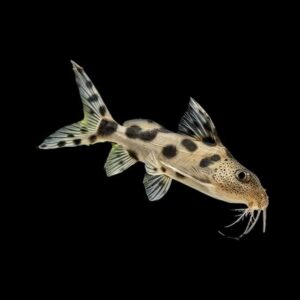 Synodontis species such as the Featherfin and Upside-Down Catfish have become popular for the unique swimming behavior and very striking appearance. Many of the Synodontis species can tolerate a wide range of water conditions, thus making them hardy and adaptable.
Synodontis species such as the Featherfin and Upside-Down Catfish have become popular for the unique swimming behavior and very striking appearance. Many of the Synodontis species can tolerate a wide range of water conditions, thus making them hardy and adaptable.
- Minimum Tank Size: 30 gallons
- Temperament: Peaceful but can be very territorial with their own kind.
- Care Level: Moderate; they prefer rocky structures and lots of hiding places.
Care Requirements for Catfish
- Tank setup: The catfish needs a soft substrate such as sand or smooth gravel, thus avoiding injuries to the barbels. There is a need for plenty of places to hide, such as caves, driftwood, and plants.
- Water quality: Most species of catfish need stable water parameters. A pH range of moderately to softly is needed, with frequent water changes necessary because poor water quality would stress these fish.
- Diet: Catfish are bottom-feeders and spend most of their feeding time on algae, leftover food, and detritus. Sinking pellets, algae wafers, and fresh vegetables should be supplemented as part of their diet.
- Tank Mates: Many catfish species are peaceful and easy to maintain in community tanks. However, some will get territorial, so know which one you are before bringing it home.
Conclusion:
Catfish are just the coolest addition to most aquariums. They’re beautiful to look at, and they help you keep the algae level minimal. Whichever one you end up choosing-the smallest Corydoras, the playful Otocinclus, or the majestic Pleco-there’s a species-specific understanding that’ll help you achieve success in their environment as much as your own.
FAQs (frequently-asked questions)
Some species can thrive in smaller tanks, such as 10-20 gallons, while others, such as larger Plecos, need much more space.
Yes, many species of catfish, such as Plecos and Otocinclus, are great algae eaters, but they will still need a balanced diet beyond algae to be healthy.
Some are social species, like Corydoras and Otos, while others, like bigger Plecos, prefer solitary conditions and do not require catfish of the same kind in the tank.
Most catfish require feeding once or twice a day with food sinking to the bottom. The most suitable for most of the species is sinking pellets and algae wafers.
Although catfish are generally peaceful, avoiding aggressive tankmates is advisable. Some species of Synodontis may tolerate semi-aggressive fish, but research compatibility for each species before hand.

